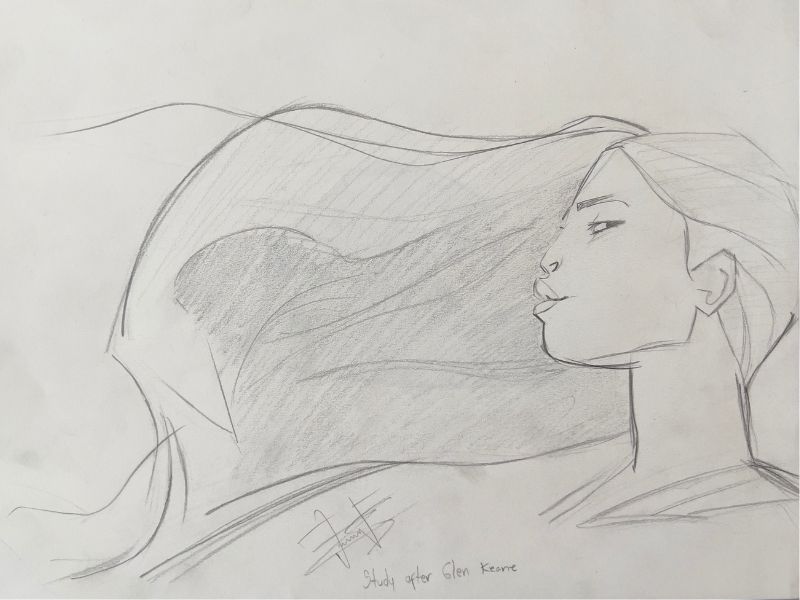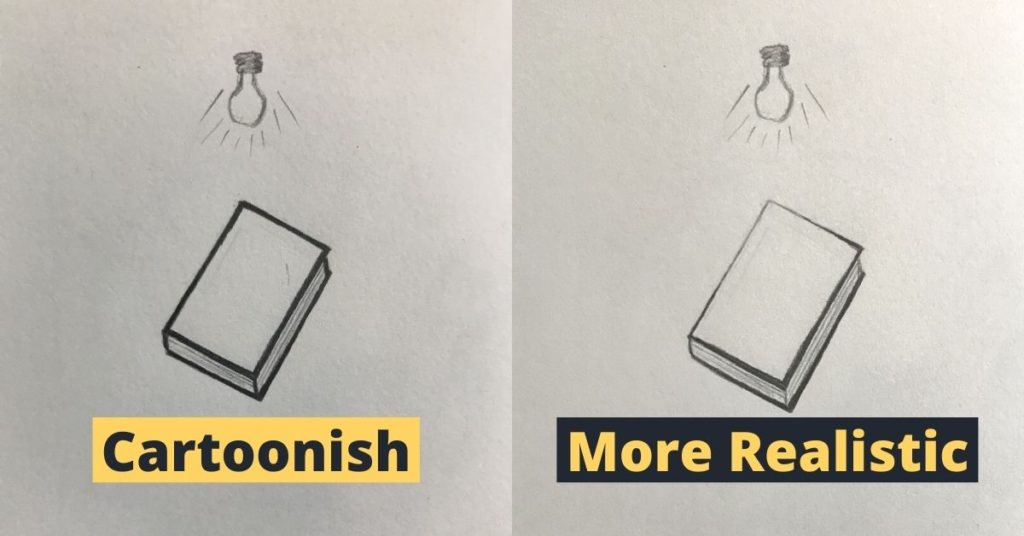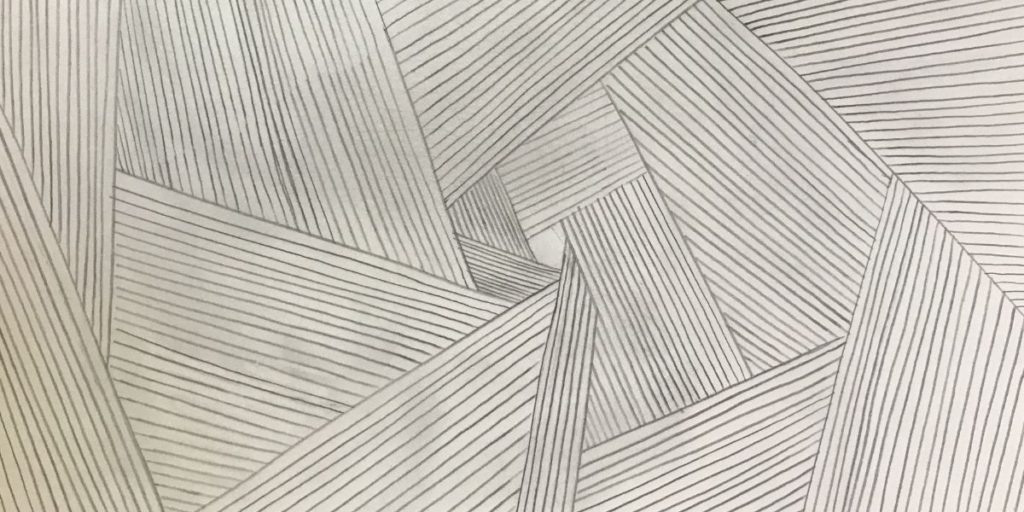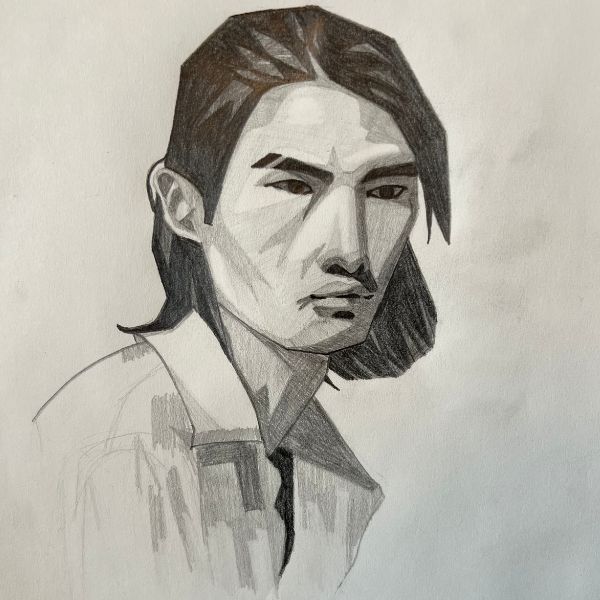
We have all heard that getting better at anything in life requires discipline, consistency, determination, tenacity, and other superb words. And when we hear that, we immediately think we should be drawing non-stop, but here we are, still asking: should you draw every day?
You don’t have to draw every day to become a better artist. Although drawing every day could help you improve faster, so could deliberate rest and practice. Nevertheless, striving to draw as regularly as possible is good advice.
But becoming better at drawing is much more than just drawing every day. WHAT and HOW you practice is way more important than purely practicing, so I will also equip you with what you need to know to reach your artistic goals apart from just figuring out your drawing practice routine.
Should You Draw Daily?
As I said in the beginning, you don’t have to draw every day to improve at drawing, but I’m not saying that you shouldn’t try to do it, so I want to elaborate more on the topic as I share with you the five pillars of drawing every day.
In an ideal scenario, drawing every day, and as much as you can will be best if you aim to improve at drawing as fast as possible or pursue drawing professionally. Unfortunately, depending on your persona or your moment in life, doing this could even be detrimental or not helpful at all (art burnout).
Some people can draw for 10 hours straight every day, while others cannot. You can definitely work your way into being able to draw for 10 hours straight every day, but that is an entirely different conversation and process than the one we’re talking about right now. So, in summary, what you need to do is find what works best for you and you only. Trying to imitate what others do can only get you so far.
Just telling you this is not very helpful, but bear with me; you’ll leave the blog with clear ideas. Here comes the answer.
When considering if you should draw every day, you need to evaluate these three things: your technical skill, how creative you can be, and how experienced or proficient you are at it.
Should Beginner Artists Draw Every Day?
If your technical skill is lacking and you are still a beginner, you should strive to draw every day or regularly. Nothing else at this point in your artistic journey will help you more than drawing as much as you can. Your eyes, brain, and eyes need to get used to the pencil and be able to translate what you see and think into the paper. Anytime between 1 to 4 hours a day will be more than enough. (If you want more specificity on this topic, check how many hours to draw every day). A great way to do this is to enroll for art challenges like Inktober or any other that would make you draw every day for a short term and then continue on a routine that works for you.
Should Experienced Artists Draw Every Day?
Now, if you are a more seasoned artist, drawing every day could not be the best move. When your technical knowledge is advanced, and you have lots of experience, what you need more than anything is creativity. As much as we would love to, creativity tends to weaken when we don’t take breaks. For example, some artists are so good at their craft that they become art directors, at which point they draw less frequently and focus more on composing, teaching, and directing. Would not drawing every day make them less of an artist? Of course not. They are just redirecting their creative endeavors and being artists in different ways, and if they draw 3 or 4 days a week, they will continue improving and creating amazing work. Think about it like a student in college: when you don’t know much, you study a bunch for a couple of years, and then, when you become a pro, you continue studying, but not with the same intensity you did before. Can you do it? Of course! But it’s completely optional.
That being said, artists of any level never stop learning, so we must continue studying and polishing our line work throughout our lives. That’s what makes drawing so much fun.
The 5 Pillars You Need To Know About Getting Better at Drawing
Although constant practice is crucial in your learning process, so is how you practice. None can stand alone. If you practice without direction, you will get nowhere, and direction without practice will lead you to the same place. That’s why I will share with you the tipping point in my artistic journey that made me improve like never before.
Once you find your drawing rhythm, make sure to implement these in your routines:
1- Draw Deliberately
Paying close attention to your drawing process is extremely important. This is where you include the direction you want to take in your drawing sessions. A great way to do this is to study masters. Master studies is one of my favorite exercises; it makes you focus on every detail you draw. To do them, you need to pick an artist you admire, look over their line work, and choose a piece you would like to draw.
Then, you need to enter super-focused mode and try to replicate every line they made, how thin or thick they made it, how light or dark they made it, try to become the original artist and figure out if they drew that line in a single stroke or if they constructed it, etc.! Then, once you have finished, compare your drawing to the master’s and see if you could capture what you loved about their drawing in yours. Here’s a master study I did of Glen Keane, one of Disney’s legends.


This exercise will give you a completely different view of drawing, and what you can learn from various masters is unbelievable, let aside super fun!
2- Study the Fundamentals
Really, you have heard this thousands of times from every other artist: please do not skip the fundamentals! If you have ever wondered why your drawings don’t look as cool as the artists you admire, it is probably because you need more practice and knowledge in one or multiple fundamentals. Fundamentals are what make drawings interesting, and not knowing how to use them will communicate less. Drawing is a language, and fundamentals are the letters and rules that allow you to transmit powerful messages. Here’s an excellent place to get started on this topic, a blog I made about line quality. It will show how little changes in your lines can communicate multiple things.

3- Level Up Your Warm-up Game
First of all, if you are not doing warm-ups before you start drawing, start doing them. Drawing is technically precise, and if your hand muscles aren’t ready for the session, your cold hand will not produce the accurate and fluid lines it could when warm. But apart from that, warm-ups are also one of the best ways to improve line quality, precision, and almost any aspect you want to improve at drawing. For instance, if you want to draw better straight lines because many of your drawings include straight lines, start practicing how to draw straight lines every time before you start drawing. (Here’s a blog about getting better at drawing straight lines). The same thing applies to drawing better circles, ovals, curved lines, etc.; possibilities are endless, and the improvements you will see in your drawings after implementing this will be jaw-dropping.

4- Find Exercises and Ways to Study You Love
Just like I have master studies as my go-to exercise when I want to have fun drawing, you should also find these exercises for yourself. Nothing will make you improve more at drawing than loving to draw, and you need to nurture that love in your drawing sessions. Studying the fundamentals can be a little challenging, but use your creativity and make it fun for yourself; you are an artist! Here are some exercise ideas you can try, but feel free to create your own!

- Study straight lines by drawing subjects using only straight lines.
- Break down subjects into their main shapes and then play with them.
- Learn to draw from imagination.
- Do master studies (I’m pushing this one a lot because it teaches you a lot, it’s really fun, and you can get started at it quickly)
5- Draw The Things That Made You Fell In Love With Drawing
Although I consider that you should spend most of your drawing time studying, you should never neglect your personal projects because of it. I fell in love with drawing because I loved anime, and I wanted to draw anime, so in the beginning, I would only do that and sometimes get frustrated because I couldn’t make my drawings look how I wanted them to look. That’s when I realized I had to study, but studying wasn’t as fun as my projects, so I stopped drawing as often until I connected the two: now I study a bunch and then do a project to know where my drawing skills are at that point. Every project shows you your improvement, and that’s the fuel you need to keep going.

I hope this was helpful enough for you to know everything about drawing schedules, but if there are still some loose ends, I’ll clarify them below.
Is it Okay Not to Draw Every Day?
It is okay not to draw every day. Not drawing every day is not going to make you less of an artist, and becoming better at it is more about the quality of your practice than the quantity. If you can’t draw every day, draw regularly.
Life is full of unpredictability, and you can’t control what’s going to happen tomorrow. You can get sick, injured, have a trip somewhere, and whatnot, and your drawing ability or learning curve will be fine with skipping a day or a week. The only thing you need to keep in mind is that if you don’t draw for longer than a month, you could feel very rusty for a couple of hours or days when you return. But anyways, I have seen hundreds of artists getting ridiculously good at it without drawing every day.
How Many Hours Should I Draw Every Day?
Drawing from 1 to 4 hours a day is enough to improve your line work. More than 4 hours a day can still be beneficial in accelerating how fast you improve, but it’s optional. Always remember to stretch and take breaks when drawing for long periods.
Determining how many hours one should draw every day is very personal. I made a whole blog about how to find the ideal amount of hours you should draw every day, with a chart and multiple helpful resources. But in short, draw as much as you can before feeling depleted!
How To Commit To Drawing Every Day?
The easiest way to commit to drawing every is to have a drawing plan, a system to make drawing a habit, and a well-defined goal. Giving your drawing sessions significant meaning will help you heighten your commitment to drawing every day.
I have a blog about how to make drawing a habit that covers all of that if you want to take a look!
Wishing you all the best to your artistic endeavors!
